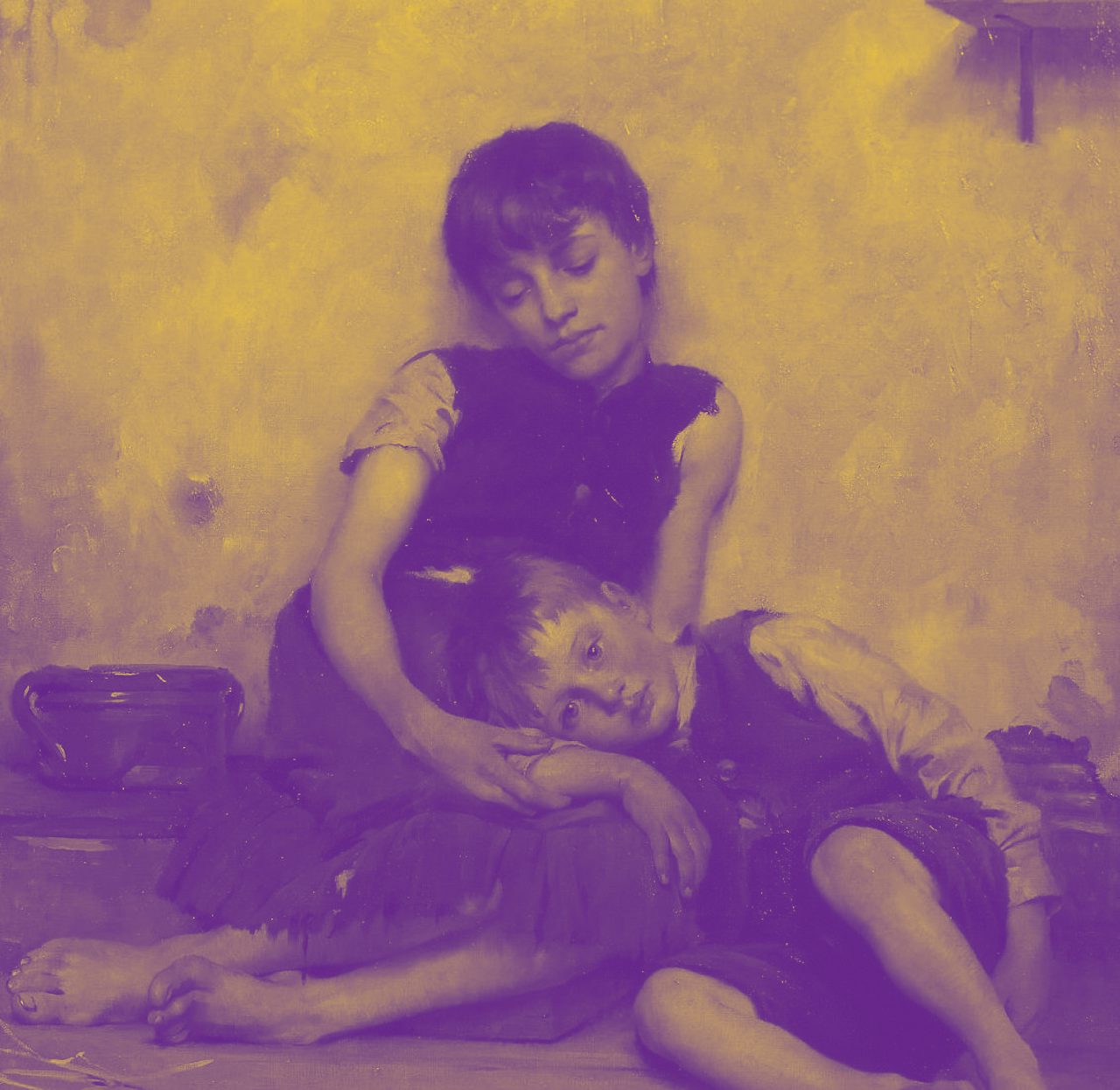Some of the most popular images are those of abandoned places: cities, amusement parks, disused Olympic stadiums. There is something about human-made or human-adapted scenes that we like to see once they’ve outlived their usefulness. Virtual spaces aren’t much different: There is something vaguely appealing about the detritus: The abandoned spaces retain something to get lost in.
The impulse to look at abandoned things is not the same as the impulse to bring abandoned things back from the brink. An almost entrepreneurial spirit pervades the WikiProject “Abandoned Articles.” Well, it did pervade it, back before the project itself was abandoned.
“Welcome to the Abandoned Articles WikiProject,” the copy reads — just beneath the banner that declares it “semi-active” — “a collaboration area and group of editors dedicated to bringing ‘abandoned’ articles ‘back to life,’ or, if appropriate, merging information or recommending deletion.” “Semi-active” is really, I’ve found, code for a fucking ghost town. A few editors are still listed as active, but most don’t actively edit articles anymore. The few I tried to contact didn’t get back to me. One email address I found bounced back. Many seem to have moved on with their lives.
The Abandoned Articles WikiProject used, as their image on their Wikipedia page, an 1885 painting by Thomas Kennington. An image of one child lying with his head in the lap of another child, it is called “The Orphans.” According to his not abandoned Wikipedia page, Kennington died in 1916.
The concept of “abandoned” Wikipedia articles, one finds, when one peruses the Abandoned project for a few minutes, is sort of outmoded. Back in 2007, when the project was really last active, Wikipedia was a much different place. One user who occasionally edited “stub” articles — those with little to no content, often the first on the chopping block for deletion because of their lack of “relevance” — told me that “back then Wikipedia was a lot emptier. It was occasionally possible to find, like, sort of significant people or whatever — a photographer — whose entire Wikipedia entry amounted to the work of two people.”
Now that Wikipedia averages, according to its own statistics, 10 edits per second and 800 new articles a day, a group dedicated to articles that are dormant — not deleted, simply left to grow over with weeds — seems almost quaint. In fact, of the many articles still listed as needing to be adopted, almost none are currently abandoned: Straight Face was deleted in December 2007; Pavane got further disambiguated; “From a View to a Kill” was inhaled into the greater entry for For Your Eyes Only, a short story collection by Ian Fleming; likewise, Forward Link was added to the larger entry for “Telecommunications link.” The Allen River got a proper entry. From reading it, I learned that it’s a river in New Zealand.
Other, more substantial pieces that are listed as abandoned on the project's homepage are no longer: The writer and musician John Merbecke (c. 1510 - c. 1585) has a robustly edited entry, as does deceased Canadian politician Charles Hubert (Buck) Witney. Symplectic space got moved to "symplectic vector space."
Nothing is abandoned for long, anymore. Except for the WikiProjects page for adopting abandoned pages, that is. The list of active editors, which you can add yourself to any time, was last accessed in June of this year, but if you click on the user’s name, he’s away on “vacation” until 2017. Before that the last addition was in November 2015. A few other entries from 2015, 2014, and 2010. A couple people declaring themselves “ready to help!” and then nothing for another six months.
Maybe they’re out there still. Waiting for adoptions. Hoping to find articles that need tending to. And when they come back, I’ll be here, refreshing. There is work to be done.
